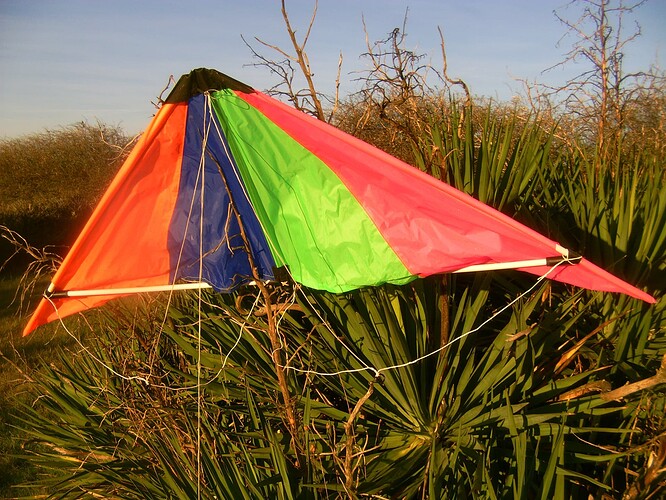I tried a similar experiment with the semi-rigid kite below, simply walking against the wind while holding it by the 3rd row attached to the nose of the kite. The result was similar: it spins in all directions, having no stability.
The explanation is quite simple: with a neutral AoA, the apparent wind attacks the lower surface then the upper surface alternately.
Not only the AoA must be positive, but also it must be positive enough to prevent pitch oscillations leading to chaotic flight.
That said the reel-in conditions are quite different since after the reel-out power phase the kite returns to the starting point by a descending slope steeper than the normal glide angle in free flight, mitigating said oscillations, but increasing aerodynamic complexity (variable apparent wind vs real wind) and likely drag by higher AoA (by apparent wind) excepted if the kite flies in a dive.
As a result it looks like the big loss by reel-in phase cannot easily be avoided. This is what the curves show for soft or rigid wings over several years (links already posted, soft Table 8 page 44, dataset 5, rigid from 3:07, soft figure 15, rigid figure 18).
